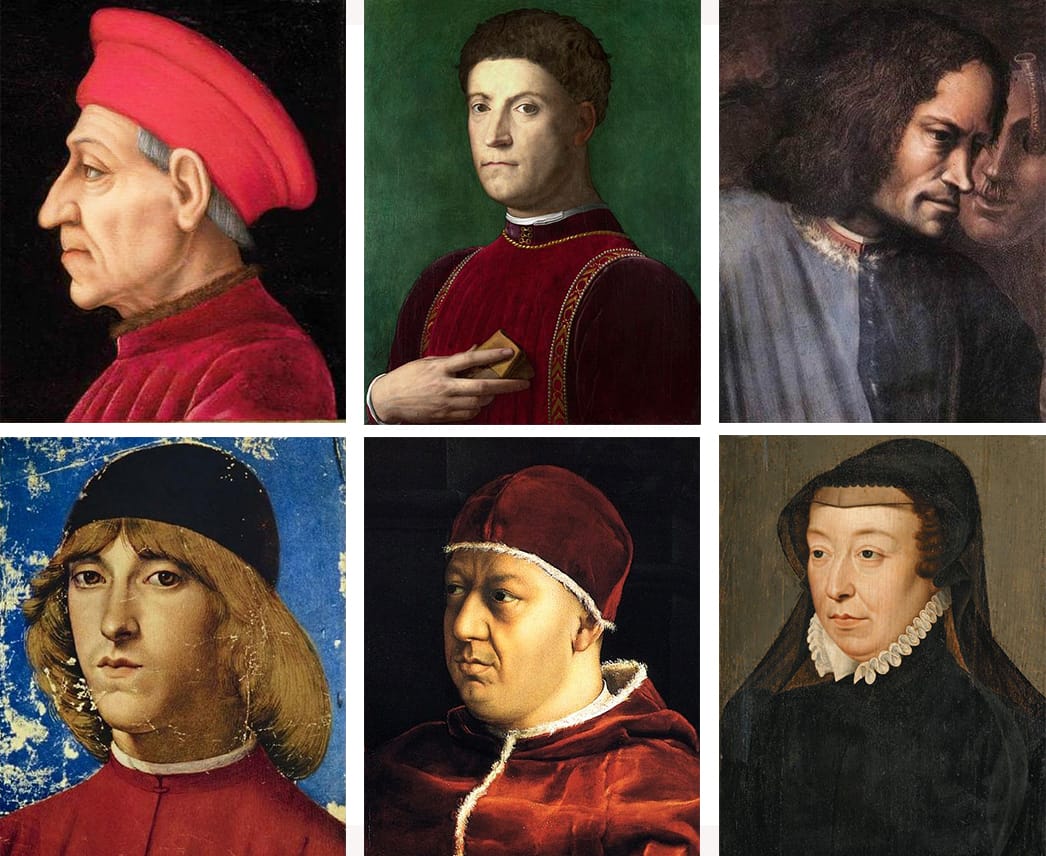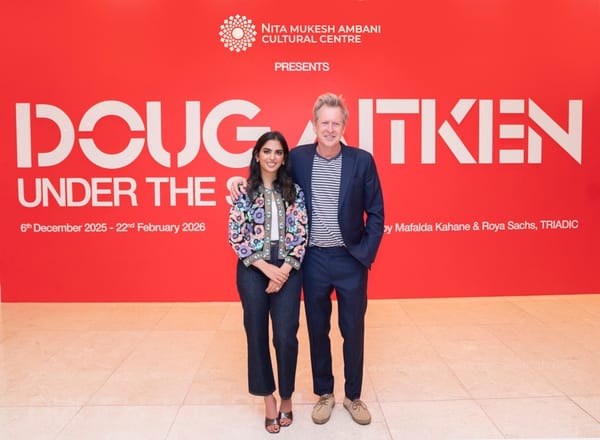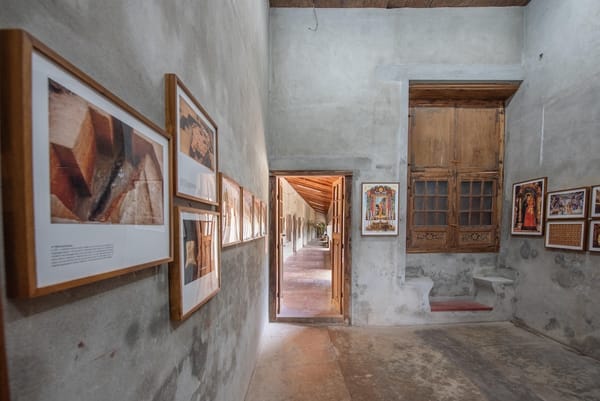Why Artists Weren’t Always Starving: Patrons, Wealth, and Power in Art History
Far from starving, many artists in history thrived under powerful patrons—from Renaissance popes to wealthy merchants. This article explores how wealth, influence, and ambition shaped the careers of art’s greatest names.

The image of the starving artist—living in obscurity, toiling in a garret, fuelled only by a passionate commitment to their vision—is so deeply embedded in our cultural imagination that it is easy to forget it is a relatively recent construct. For much of art history, particularly in the Western tradition, artists were not independent creators struggling for relevance or survival. They were craftsmen and courtiers, commissioned and sustained by powerful institutions and individuals whose wealth underpinned their creativity. To understand the true role of the artist across centuries, one must examine the intricate relationship between art, patronage, and power.
Art as Commissioned Craft
In the medieval and Renaissance periods, art was not created speculatively for gallery walls or auction houses. Instead, it was almost exclusively made to order. Churches, monarchs, aristocrats, and civic institutions were the dominant patrons of the arts, dictating what was made, for whom, and to what end. Artists were seen not as visionary geniuses, but as skilled artisans—a role closer to that of a stonemason or carpenter than a modern-day conceptualist.

Take, for example, Giotto di Bondone (c. 1267–1337), often hailed as the father of Western painting. His most famous work, the frescoes of the Scrovegni Chapel in Padua, was a commission from a wealthy banker, Enrico Scrovegni, likely intended as both an act of piety and a reputational counterweight to accusations of usury. Giotto’s work was celebrated, yes, but within a framework of fulfilling a brief rather than indulging in self-expression.
Similarly, the celebrated masterpieces of Michelangelo, Leonardo da Vinci, and Raphael were the fruits of carefully negotiated commissions. Whether serving the papacy, the Medici, or the French court, these artists were employed for their ability to deliver grand visual narratives that reflected the power and prestige of their patrons. Michelangelo’s ceiling in the Sistine Chapel was not a spontaneous outpouring of divine inspiration—it was a papal assignment, executed under strict conditions and deadlines.
The Age of the Patron
Perhaps no period better exemplifies the centrality of patronage than the Italian Renaissance. The Medici family of Florence, wealthy bankers with an astute eye for art and politics, are among history’s most famous patrons. Their support for artists such as Donatello, Botticelli, and Michelangelo was not merely philanthropic—it was strategic. By commissioning art and architecture that glorified Florence and the Medici name, they cemented their status as cultural leaders and political visionaries.

The dynamic between artist and patron could be complex. On one hand, patronage ensured financial stability and elevated social status for the artist. On the other, it imposed constraints. Artists had to navigate the desires, ideologies, and egos of their benefactors. Yet within these constraints, many found creative freedom. Leonardo da Vinci’s employment at the court of Ludovico Sforza in Milan offered him the resources and intellectual stimulation to experiment with engineering, anatomy, and theatre, in addition to painting.
In the North, the Dutch Golden Age of the 17th century offers a different, more market-oriented model. As the Dutch Republic flourished economically, a burgeoning middle class began buying art for domestic interiors. Artists like Rembrandt and Vermeer responded to a demand for portraits, landscapes, and still lifes. While some enjoyed lucrative careers, they were still reliant on market forces and social capital. Rembrandt, despite early success, died bankrupt—a poignant precursor to the modern myth of the ruined genius.
The Shift Towards the Individual
By the 18th and 19th centuries, Enlightenment ideals and changing economic structures began to alter the artist’s role in society. The rise of academies, salons, and public exhibitions shifted art from the private sphere of commission to the public sphere of critique. Patronage, while still significant, began to compete with other models of artistic support, including state sponsorship and commercial sales.

Romanticism, in particular, championed the notion of the artist as a tortured soul—a visionary outsider misunderstood by society. This was a dramatic departure from earlier centuries, where success was measured by one’s proximity to the court or the church. The Romantic artist often scorned commercial success, embracing suffering as a mark of authenticity.
This shift birthed some of the most enduring myths of modern art. Vincent van Gogh, who sold only one painting in his lifetime, epitomises the tragic artist who creates despite crushing poverty and mental illness. His posthumous fame became a template for how we understand artistic genius—as something incompatible with material success or mainstream approval.
Modern Myths and Market Realities
The 20th century further complicated the picture. While many avant-garde artists struggled financially, others thrived. Pablo Picasso, once a penniless bohemian in Paris, became one of the richest artists of all time. Andy Warhol turned the art market into a spectacle, merging capitalism and creativity with unapologetic panache. His studio, The Factory, functioned more like a production line than an atelier, upending notions of authorship and originality.

The art market itself became a force of patronage. Galleries, collectors, museums, and later, auction houses, dictated trends and validated careers. Today, artists like Damien Hirst and Jeff Koons command astronomical sums for works that are often produced by teams of assistants. In this environment, the “starving artist” narrative feels both outdated and oddly persistent.
Yet, for many artists, the struggle remains real. Outside the glittering world of blue-chip art, thousands of artists around the globe face precarity, lacking institutional support, healthcare, or basic infrastructure. The growing disparity between high-profile success and grassroots survival speaks to larger systemic issues—how we value creativity, and who gets to make a living from it.
Contemporary Patronage and the Future
Interestingly, we are witnessing a return to older models of patronage, albeit in updated forms. Crowdfunding platforms like Patreon and Kickstarter allow artists to connect directly with supporters, echoing the bespoke commissions of the past. Tech billionaires and global foundations now act as contemporary Medicis, funding art projects, biennales, and public installations.
Institutions are also re-evaluating their role as cultural stewards. Initiatives that support marginalised artists, community-based projects, and sustainable practices suggest a broader understanding of what patronage can mean in the 21st century—not merely a transaction, but a partnership grounded in shared values.
The digital age, too, is reshaping the ecosystem. NFTs, social media, and virtual galleries offer artists new ways to reach audiences and monetise their work. While these tools democratise access in theory, they also introduce volatility, with artists navigating algorithms and digital fads alongside creative pressures.
To imagine that artists have always been poor is to overlook centuries of history where they were central to the workings of power, religion, and prestige. Patronage, whether ecclesiastical, aristocratic, or mercantile, provided the scaffolding upon which much of Western art history was built. The narrative of the starving artist, while potent, is a relatively modern invention—romanticised, selective, and often divorced from historical reality.





